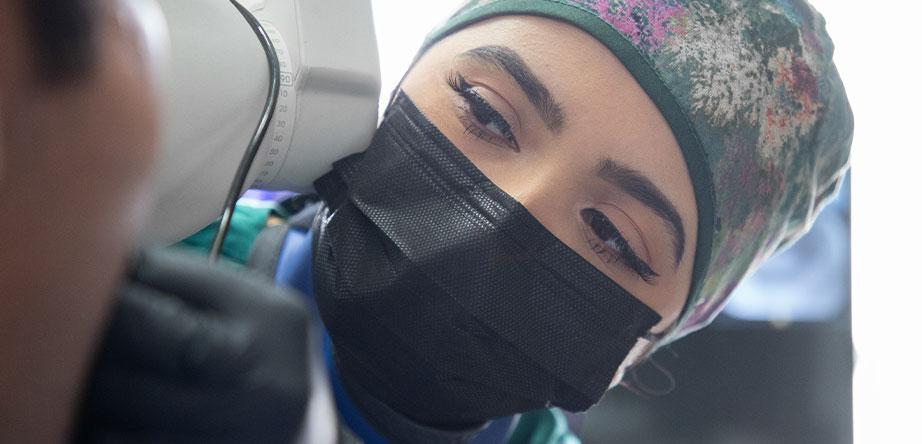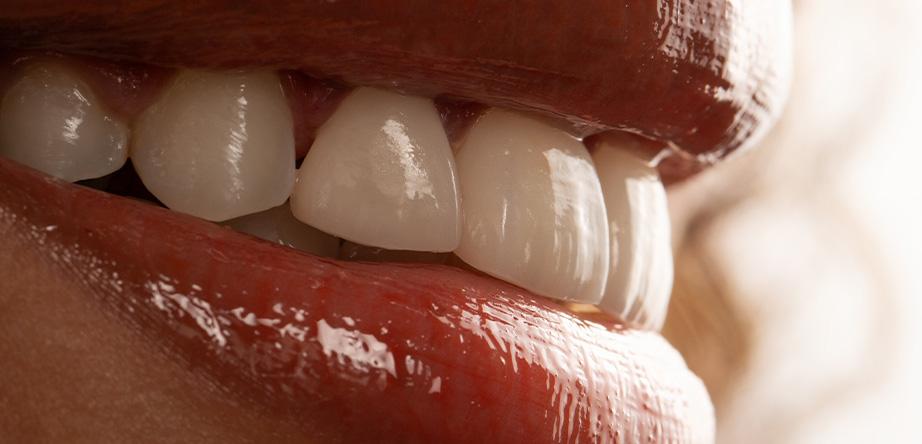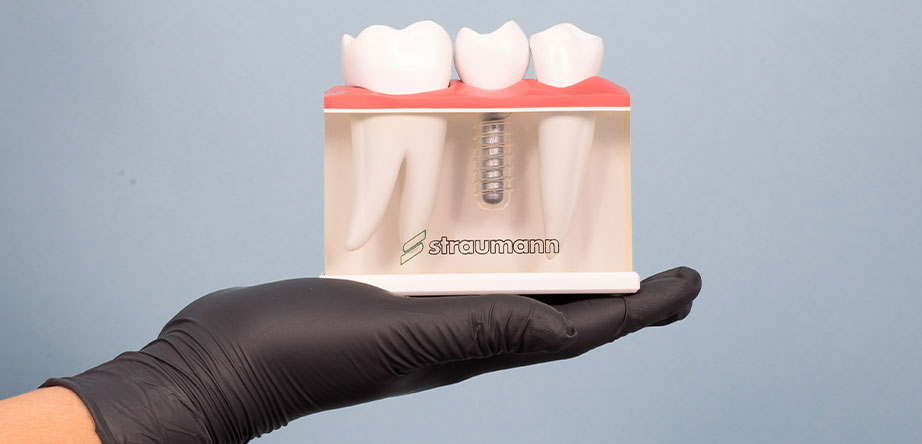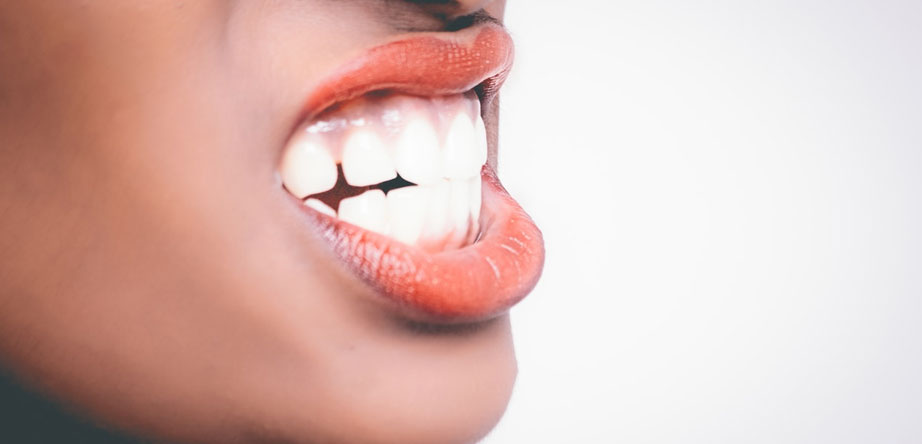
Bruxism? Yes, you might be involuntarily Clenching your Teeth at night

Know About Bruxism and Teeth Grinding Causes
If you have been trying to find information on Bruxism, you might encounter those old websites classify it as night or day Bruxism. Since not everybody sleeps at night, this is far from accurate. Because of that, Bruxism is now classified as Awake or Sleep Bruxism.Nevertheless, Bruxism always leads to dental wear, and long lasting Bruxism causes jaw muscle pain, fatigue, and even headaches.
The most common feature of Bruxism are jaw muscle pains. Repetitive (and sometimes involuntary) jaw muscle activity cause jaw muscle pains.
Awake Bruxism is a habit. A bad habit created in response to stress. On the other side, some patients suffering from Sleep Bruxism could not even be aware that is happening. They only report jaw muscles discomfort or pain the morning after.
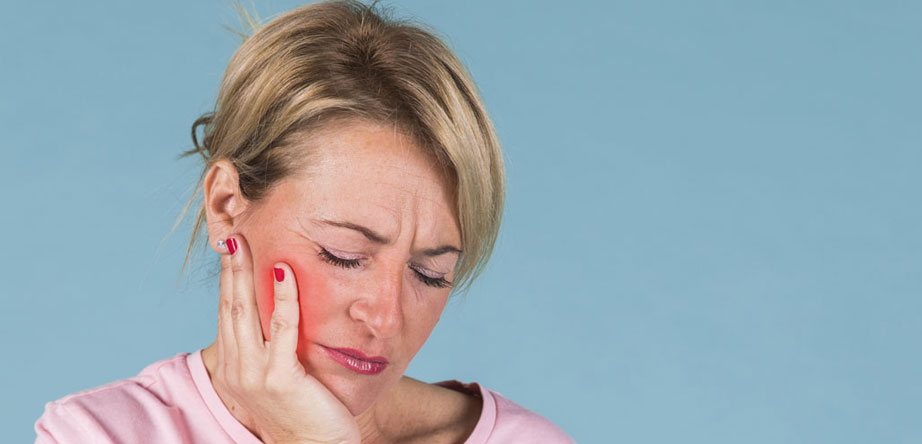
What Causes Sleep Bruxism?
Experts say that what probably causes teeth clenching during the night is our lifestyle. We can easily link Sleep Bruxism to fatigue, stress, and anxiety.But is also true that’s more common among patients with an abnormal bite. And those who are missing teeth or have them crooked. At sleep clinics, doctors have found that it’s linked to sleep-related arousals.
They have been able to obtain evidence of changes in their heartbeats, and in the rhythm in which patients breath during their sleep. During these arousals, there are also changes in the body muscles. That’s why the jaw muscles hurt.
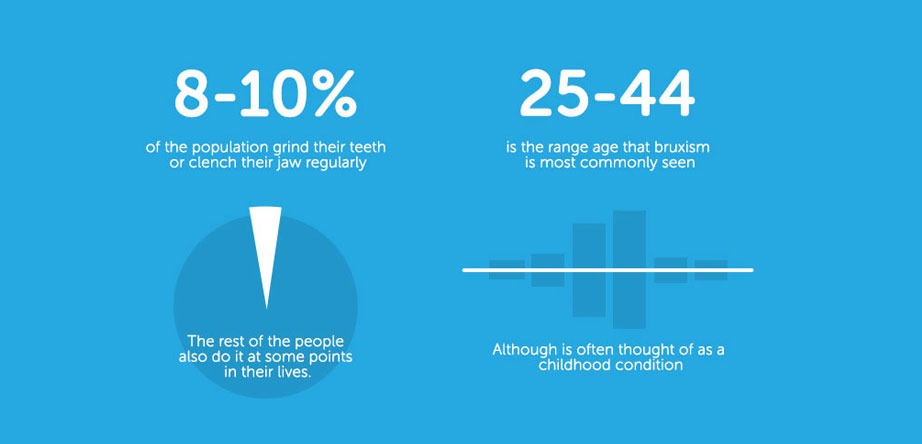
Can A Dentist Diagnose Bruxism?
Sometimes, the patient might not even be aware of having Bruxism. Is not until the grinding sounds are reported by family members, that they become aware of it. To diagnose Bruxism, a dentist will usually look for abnormal signs of teeth wearing. Wearing could be in just a couple of teeth, the entire dentition or just the enamel.The dentist needs to discard the most common causes of teeth wearing first. It may be caused by a bad bite, a diet high on carbonated drinks or any other non-dental causes.
Surprisingly, Bruxism can be so severe that it damages the tongue. We have seen cases where the tongue has ripples or scalloped edges. It could happen because they were putting too much pressure on it. Dentists also need to know if you have morning headaches, and they can help to confirm if there’s a lot of muscle tenderness on the jaw.
A good dentist will always be on the look for behavioral attitudes like anxiety and agitation. Since fear and dental anxiety is widespread, any dental practitioner has some notion on how to treat them appropriately. Well, a good dentist needs to identify and distinguish between dentally anxious and an actual anxious person. Tricky, right?
With Bruxism, dental restorations pieces like fillings, dentures, crowns, veneers or bridges could be easily broken. This happens because the teeth are constantly grinding against each other.
When patients have a long history of breakage of dental restorations, we start to ask a lot of questions. First, we need to discard that the built quality of the restorations is not the cause. At the end, we might have only one suspect: Bruxism.
How Do You Treat Bruxism?
If you already know that the damage to your teeth is due to Bruxism, you simply need to identify if it happens during wakefulness or during sleep. It has been said that Awake Bruxism tends to affect more women than men, the cause still is unknown. Awake Bruxism is easy to identify. But, its management can be more challenging.The cause? Well, Awake Bruxism is usually related to stress, and treating anxiety levels is not an easy task. First, we recommend relaxation therapy. Followed by counseling, biofeedback and splint therapy. The last can be given by a dentist.
When you need teeth grinding relief, a routine exam with your dentist can help you look for wear signs on your teeth. Based on that, your dentist can suggest using a dental appliance that can help you to either prevent teeth grinding or more damage to your teeth.
When splints or mouthguards are recommended.
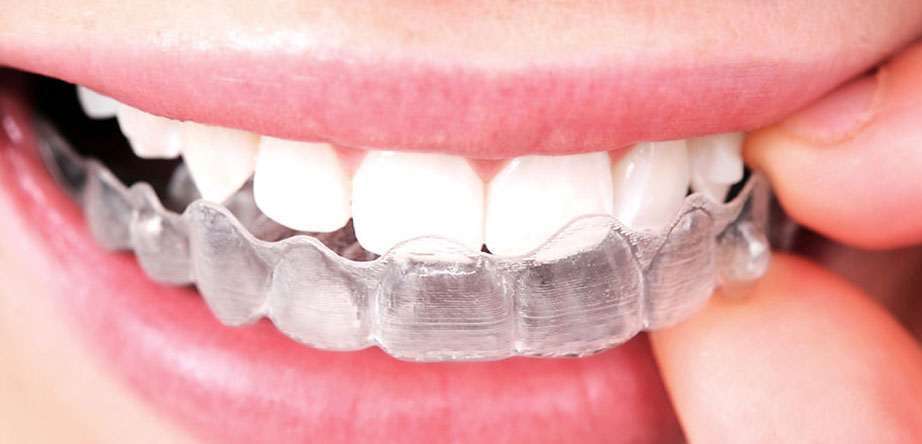
Acknowledge that splints are not an actual cure for Bruxism, but a way to protect your teeth. A splint can help you when you only need to keep your teeth separated. It will also stop future damage caused by teeth grinding. And there’s an interesting fact; splints can also help to eliminate the sounds that disturb a bed partner. The entire family usually embraces the use of splints. As they’re usually the ones who detected Sleep Bruxism in the first place!
Occlusal splints are usually the first line strategy to prevent dental grinding noise and to lower the risk of tooth wear. A splint is a device that has a simple design: it follows the natural arch form of your jaw. To be effective, it must cover it from both ends.
Mandibular Advancement Devices
Expect a different outcome when you receive Mandibular Advancement Devices (MADs).They only have one similarity with mouthguards, the fact that they’re worn orally. Other than that, MADs work very differently. They help to push your lower jaw down, at the same time they pull your tongue forward. It is said that when the tongue is kept in a forward position, the airways are kept free. But don’t forget that Sleep Bruxism and Sleep Disordered Breathing often coexist. That’s why, at times, you can only use MADs if they’re prescribed by sleep medicine specialists.

